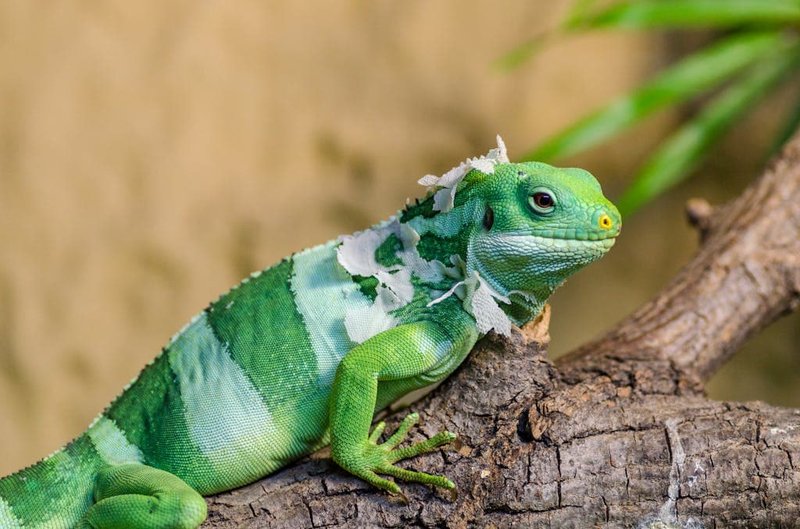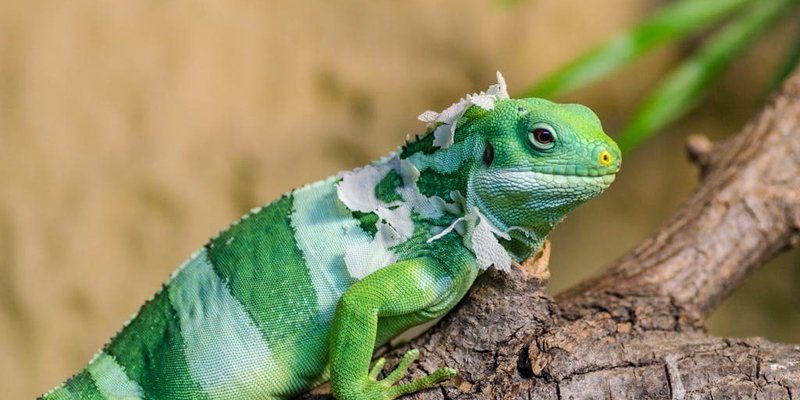
Think of the green iguana as a living testament to nature’s artistry and the interconnectedness of life. When we explore the different ways this creature influences culture and symbolism, we dive into a world where humans and nature weave together stories that transcend time. It’s like flipping through a cultural scrapbook, filled with rich illustrations and narratives that help us understand ourselves a little better.
In this article, we’ll walk through the different aspects of the green iguana’s significance in various cultures, its symbolism, and why it matters more than you’d think. You’ll see how something as simple as a lizard can touch hearts and inspire generations.
The Green Iguana in Indigenous Cultures
In many Indigenous cultures, the green iguana holds a place of honor. For instance, in parts of Central America and the Caribbean, it has been a source of food, medicine, and even spiritual symbolism. The Mayan people viewed the green iguana as a sacred creature, often reflecting on its strength and resilience.
The importance of iguanas can also be seen in their role within traditional dietary practices. Many Indigenous communities have integrated iguana meat into their meals, discovering that it’s a sustainable protein source. This relationship with the green iguana demonstrates how cultures adapt to their environments and utilize local wildlife for survival.
Additionally, in some rituals, the green iguana symbolizes the connection between humans and the spirit world. It is believed that these reptiles can act as guides, helping individuals navigate their spiritual journeys. This deep-rooted connection highlights how the green iguana is more than a mere animal; it’s a bridge between the physical world and deeper spiritual significance.
Symbolism of the Green Iguana in Art and Literature
Art and literature have a unique way of capturing the essence of nature. The green iguana often pops up in various forms, serving as an emblem of survival and adaptability. You might find iguanas represented in vibrant paintings, intricate carvings, or even mentioned in poetry.
The symbolism extends beyond mere representation; it often reflects the balance of nature. Artists use the iguana to illustrate themes of conservation and respect for the environment. The depiction of these creatures in art serves as a reminder of our responsibility to protect biodiversity and acknowledge our role in the ecosystem.
In literature, the green iguana has found its way into stories, representing a variety of human experiences. It often symbolizes transformation, illustrating how one can evolve and adapt in the face of challenges. Think about a character who faces trials and emerges stronger, much like the resilient green iguana navigating its habitat.
The Role of the Green Iguana in Modern Pop Culture
You might be surprised to find that the green iguana has a spot in modern pop culture as well. From movies to social media, these reptiles are often celebrated for their striking appearance and unique behaviors. They’ve become a symbol of the exotic, often featured in documentaries that showcase their natural beauty and ecological importance.
Moreover, the green iguana has made appearances in various animated films, where it’s often depicted as a wise and clever character. This gives audiences a chance to connect with the iguana on a personal level, moving beyond mere admiration for its looks. It opens the door to discussions about conservation and respect for wildlife, encouraging viewers to think carefully about the environment.
Social media has also played a significant role in popularizing the green iguana. People share pictures and videos, showcasing their pet iguanas in adorable scenarios. These posts contribute to a growing appreciation for the care and commitment involved in keeping these creatures as pets, leaving followers informed about their needs and characteristics.
Environmental Significance of the Green Iguana
The green iguana is crucial to our ecosystems, acting as an important component of biodiversity. They help maintain the health of the forests they inhabit by consuming a variety of plants and spreading seeds through their droppings. This contributes to the growth of new plants and maintains the balance in their habitats.
You might be wondering, “How does the decline of an animal like the green iguana affect the environment?” Well, when populations diminish, it can lead to overgrowth of certain plant species, which can disrupt local ecosystems. In this way, the green iguana plays an integral role in supporting a healthy, balanced environment.
Conservation initiatives aimed at protecting the green iguana are essential, not just for the species itself but for the broader ecosystem. Educating people about the importance of these reptiles can inspire action to preserve their habitats. When communities come together to protect local wildlife, it creates a ripple effect that benefits all living beings within that environment.
Mythological Associations with the Green Iguana
Across cultures, the green iguana has been steeped in myth and folklore, serving as a source of inspiration for stories and legends. In some traditions, iguanas are seen as mystical creatures capable of bringing wisdom or healing.
In the folklore of certain Caribbean cultures, iguanas are often associated with rain and fertility. It’s believed that close encounters with these lizards can signify upcoming rains, which are essential for agriculture. This has led to rituals centered around the green iguana aimed at ensuring successful harvests.
Moreover, many stories depict the green iguana as a symbol of transformation. Just like a chameleon changes its colors, the iguana represents the ability to adapt to life’s challenges. This mirrors the human experience, where embracing change can lead to personal growth and new opportunities.
Challenges Facing Green Iguanas Today
Despite their cultural significance, green iguanas face several challenges today. Habitat destruction, climate change, and the illegal pet trade threaten their populations worldwide. As humans continue to expand urban areas and agricultural lands, the natural habitats of these creatures are being destroyed.
The illegal pet trade poses another significant risk. Although they may seem like the perfect exotic pet, many owners are unprepared for the care they require. This often leads to abandonment, which further endangers their survival in the wild. When released, these iguanas can disrupt local ecosystems and threaten native species by competing for food and habitat.
Addressing these challenges requires collective action. It’s vital to educate communities about the importance of maintaining healthy environments and protecting these incredible creatures. By promoting conservation efforts, we can ensure that the green iguana continues to thrive and inspire future generations.
The green iguana is more than just a colorful lizard—it’s a symbol of resilience, adaptability, and the delicate balance of our environment. From Indigenous cultures to modern pop culture, its influence is undeniable. As we uncover its many roles, we’re reminded of our connection to the natural world and the responsibility we have to protect it.
By fostering a greater understanding of the green iguana and its significance, we open the door to meaningful conversations about conservation and respect for wildlife. So next time you spot one of these fascinating creatures, think about all the stories and symbolism it carries. In a world where each creature plays a vital role, the green iguana stands out as a reminder of the beauty and complexity of life.

